Costa Rica has always been known for its “tico time” and this is something that you might not have heard of before. In a few words “tico time” means no worries, “Hakuna Matata”, everything will be alright and if we say a meeting will be at 8:00 am, ahh it’s ok if we show up at 8:30 or 9:00 am. I’m explaining this to you because I’m “tica” (Costa Rican), but I really can not live or work with the famous “tico time”. That is why I like to plan things, and that is how we started before this harvest. I was in Oslo from September until November planning the coming harvest together with my colleagues at Nordic Approach. We decided we wanted to structure the business in Costa Rica better, and give a purchasing plan to our producers before the harvest began. We believed this would help them get an idea on what we are looking for and what to expect from us based on volume, quality, price and other important aspects. So I wrote a proposal or plan for each of the producers we were already working with, which are around 30 farmers. I looked at the numbers and data from the year before to see how we did on sales and to know what countries and customers were more interested in Costa Rican coffees so we could have an idea on what to expect for the coming harvest, and made a business plan.
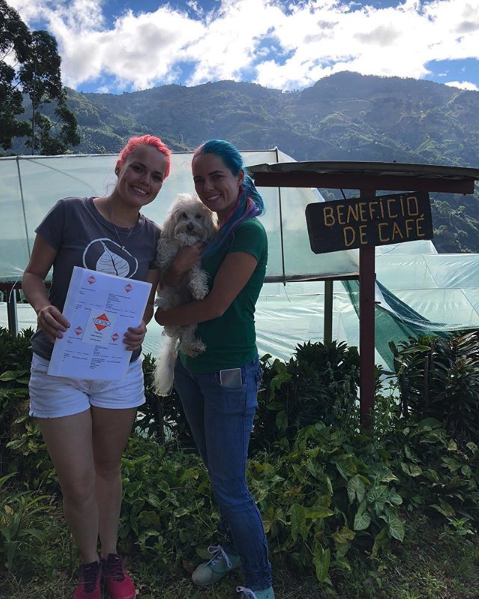
Visiting Arlene and Maria at La Angostura with our plan for the harvest and feedback from previous years
After my busy time in Oslo I came back to Costa Rica and started to visit all the producers we work with. I gave each of them a document with a sheet that explained how we work in Costa Rica, so they could have a clear understanding of the buying process from the very beginning when we get samples until the last step. I also presented them with a proposal with an estimated volume and price for a similar quality and quantity based on the harvest before. In addition to these two documents, I gave them feedback from the year before, for them to know how the coffee cupped throughout the year and if we found a home for all of their lots. I provided them a list of the customers that bought their coffees and how much volume each roaster bought, so they can better understand our markets. I think they really appreciate that we provide them with all this information, it’s crucial for them to have feedback. It doesn’t matter if it’s good or bad, they want to hear it. Obviously they like the good things we have to say the most, and of course they want us to keep buying from them. If possible more and more every year. Honestly, sometimes we have to be tough with them and we can’t continue buying coffees that don’t sell or that don’t meet our expectations. In some cases we had to stop buying from a couple of producers because their quality didn’t improve much. We were very clear with them before the harvest that if they didn’t improve the quality, we couldn’t keep purchasing their coffees. Nevertheless there are some relationships that we really value and because of this we still bought some micro lots e.g from Mario Jimenez that we consider medium quality. If the potential is there we are willing to support farmers we have a good relationship with even if the coffee currently doesn’t meet our high standards. If the farmer takes our advise on how to improve quality seriously and have the same mindset as us, we see that supporting them through a bad year will pay off in the long run. We will do our utmost to give farmers opportunities and to support them in the successful times as well as in the tough times, but the reality is that is not always possible to do so.
But it’s not all bad news, from some great farmers we bought similar or more volume and same or better qualities than last year and from others that we didn’t expect to buy so much, we ended up buying more because they improved the quality and they deserved it, and at the same time their price was right.
The tricky matter with Costa Rica, as you might know, is the price. I realized that at the beginning of the harvest producer’s expectations were way too high. But then as the harvest goes, some of them find out they can’t sell the coffee, and their expectations go down for the most part. I know there are producers that are able to get great prices for most of their micro lots but most of the small micro mills we are working with are in need to find a market. They don’t really have access to markets and are desperate to find good partners and clients like us. I think they appreciate the work we do and the relationship we have built together.
Like everything, I believe there are good times and bad times and these producers experience the difficult reality that the agricultural industry faces. This harvest, during the month of January farmers got severly affected by bad weather. As you might know most of the coffees we buy from Costa Rica are sun dried, which means the rain and cloudy days make it very difficult for micro mills to dry their parchment. At the same time it made the harvest very difficult because the cherries fell to the ground, also if it’s rainy farmers are afraid to lose a lot of production and they have to pick unripe cherries . During the rainy season there were storms that affected the infrastructure in the farms, and the plantations as well. Some producers lost part of their plantation, which means they lost money and also didn’t have access to go to the farms because there were landslides that destroyed the roads. This caused a lot of problems that had to be solved with resources such as workforce and money that they were not necessary counting on dealing with.
- Rebuilding the roads after the storms
- A road to a farm is destroyed by flooding
- Heavy rainfall can destroy coffee cherries
One of our biggest challenges with Costa Rica is the high costs of production to produce specialty coffee. The Icafe or National Institute for Coffee in Costa Rica estimates that the cost per 46 kg (in fruit) is approximately of $100 for commercial coffee, and this is just to produce coffee in the farms, is not including wet mill, dry milling costs, packaging costs and other costs involved to prepare specialty coffee. Now, imagine how much it costs to produce and process specialty coffee that requires a bigger investment than commercial coffee. The producers we work with have to invest more in better and healthier varieties, in better fertilizers and products to take care of the plantations, they have to take more care at the farm level, they need workforce for quality control at the wet mill to have every micro lot traceability and to keep everything organized and clean and so on. There is no doubt that to produce specialty coffee is more expensive than to produce commercial coffee. It’s hard to give an exact cost of production for specialty coffee farmers, because it varies from farmer to farmer, but based on a few of our farmers accounting, their costs for this harvest were estimated in around $280-$300 per 46 kg to deliver their coffee at the warehouse ready for export.
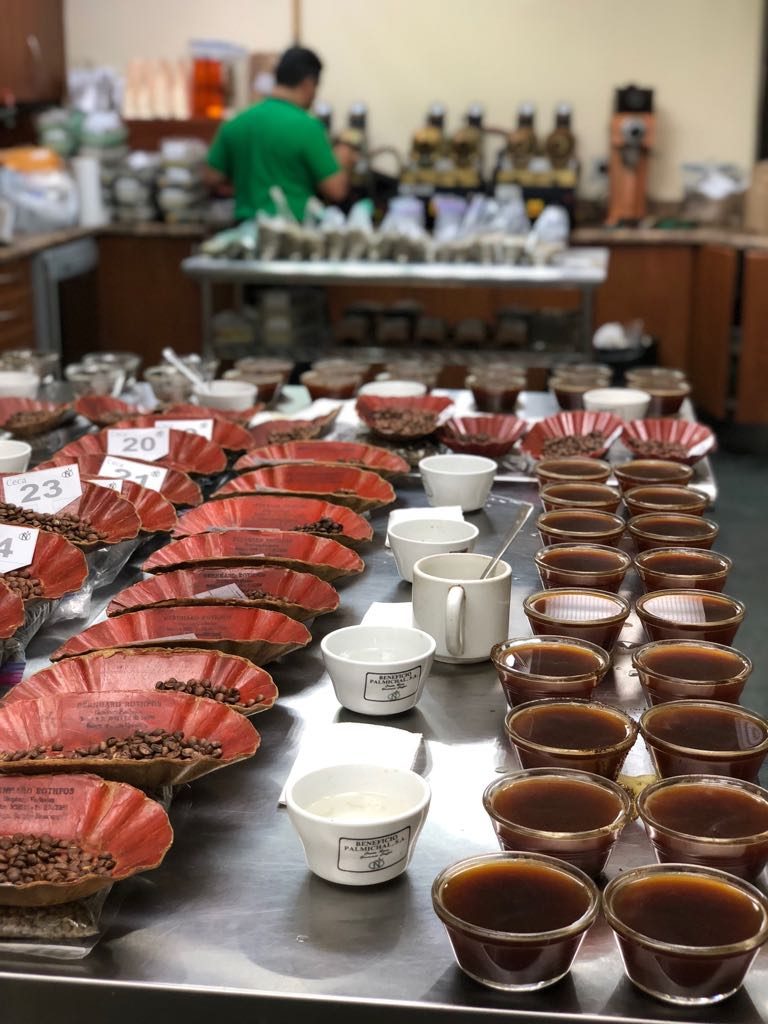
Cupping at the lab in San Jose
I don’t want to justify that producers have an excuse to price their coffees high all the time, but I would like to make an awareness that Costa Rica micro lots are expensive and the reason behind it. It’s not just because farmers want more money. I live in Costa Rica and I know that we live in an expensive country. I’ve been thinking about how can we reduce the cost of production, how can we improve quality and how can we make buyers and final consumers understand that all the challenges mentioned above are real. That’s also why we are looking and working to find ways to add value for our clients and producers. We can provide traceability, marketing material, quality control and counselling on how to improve quality. We are already working on improving quality by having our lab in Costa Rica, where we do all the sensory and physical analysis for our farmers and give them feedback. We had an agronomist working with us for a few months during harvest to help the farms with soil management. We are also investing in events and projects like Origin Approach, where we can connect our providers and our clients together, and educate farmers to make them better understand what the industry is looking for and what the market trends are for them to be able to sell their products at the prices needed. At the same time we want both ends to know and better understand what our role is, and all the risks and work that go within this business. We want to do case studies and workshops to explain better examples of our daily work. We have other projects in mind that we are looking forward to develop as this business grows.
- Mariano the agronomist on a farm visit to help improve quality by teaching about soil management
- Gathering of young coffee producers to exchange experiences and ideas on how to improve quality
- Roasters from all over the world came to Origin Approach to cup and learn more about coffee production in Costa Rica, and meet the farmers
We are very proud to work with young, professional and entrepreneurial producers like Mathias Monge, Daniela Gutierrez, Alejo Castro, Ricardo Urena, Minor Jimenez, Jacob Montero, Arlene and Maria Jimenez and other talented producers. Our goal is to keep long relationships with the farmers we already work with, but sometimes it is challenging to do so, sometimes we as a company and the producer can not come to an agreement on price, other times the quality is low and we can’t take the risk to purchase “x” coffee. We know that there are going to be farmers that will stay working with us and farmers that will go, that’s the nature of this business. As we grow, there will be new farmers every year, we have the pleasure to start business relationships with young and successful producers (Royling Monge, Teo Mora, Eduardo Ramirez, Ruben Monge, Mario Alpizar) from the community I grew up. Some of them have known me and my family for long time, so it’s very gratifying for me to be able to support them and to grow together.
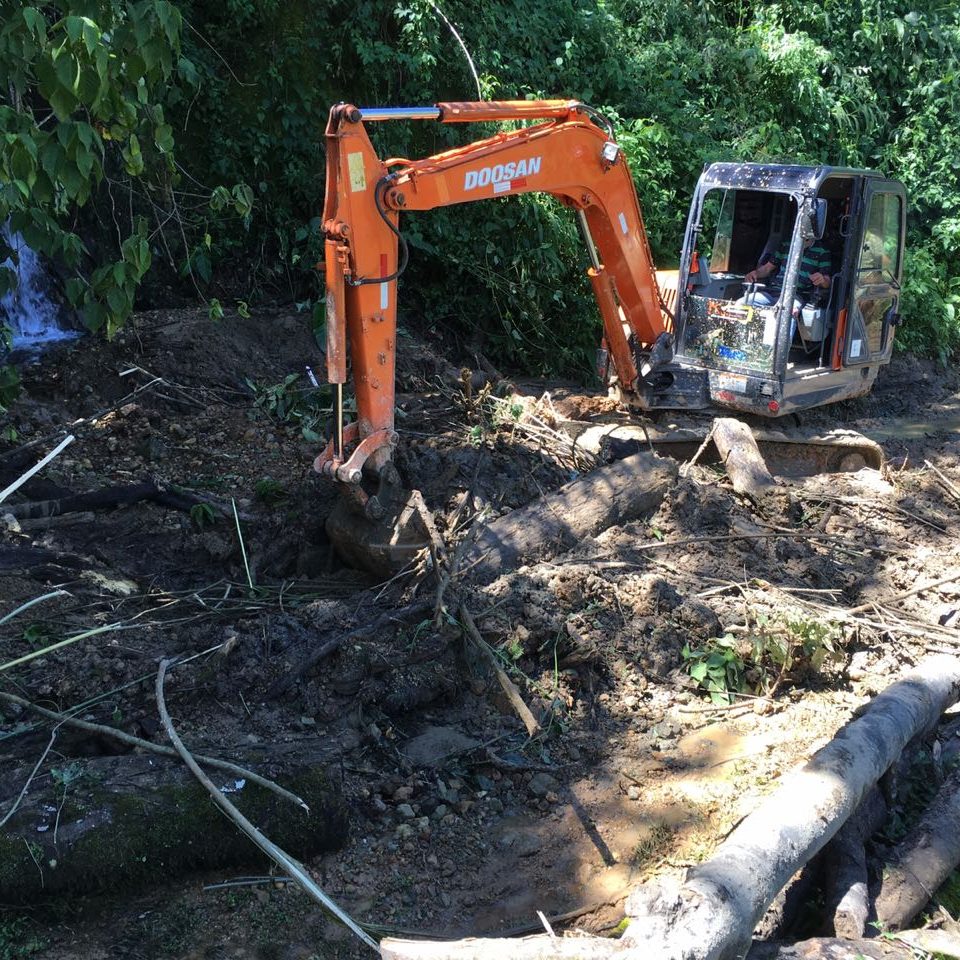
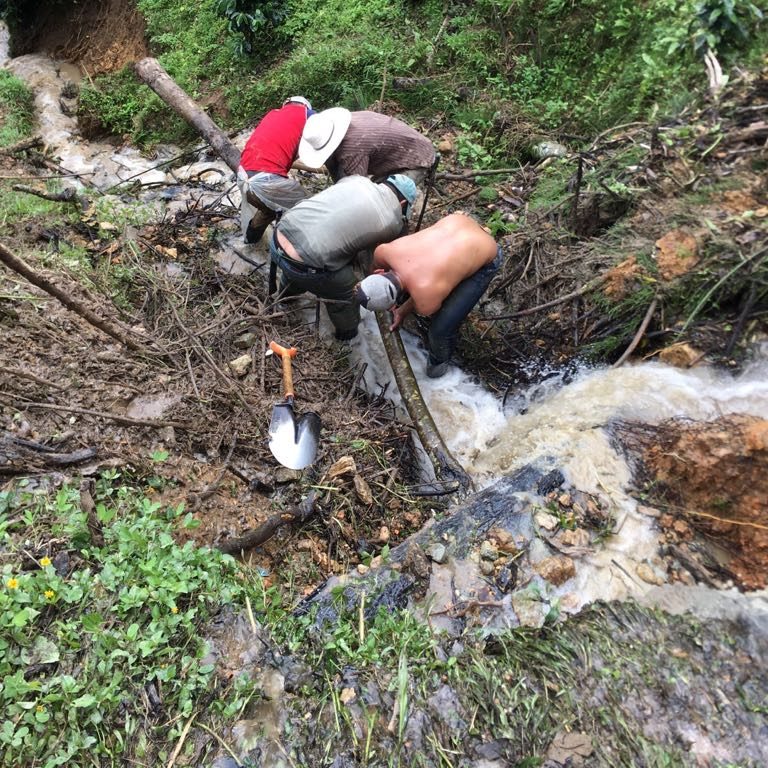
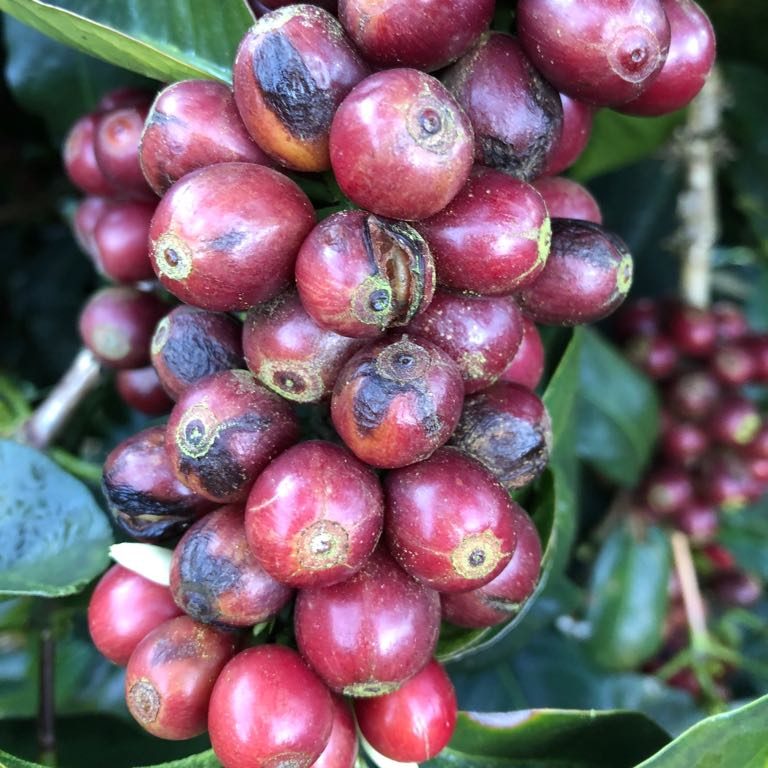

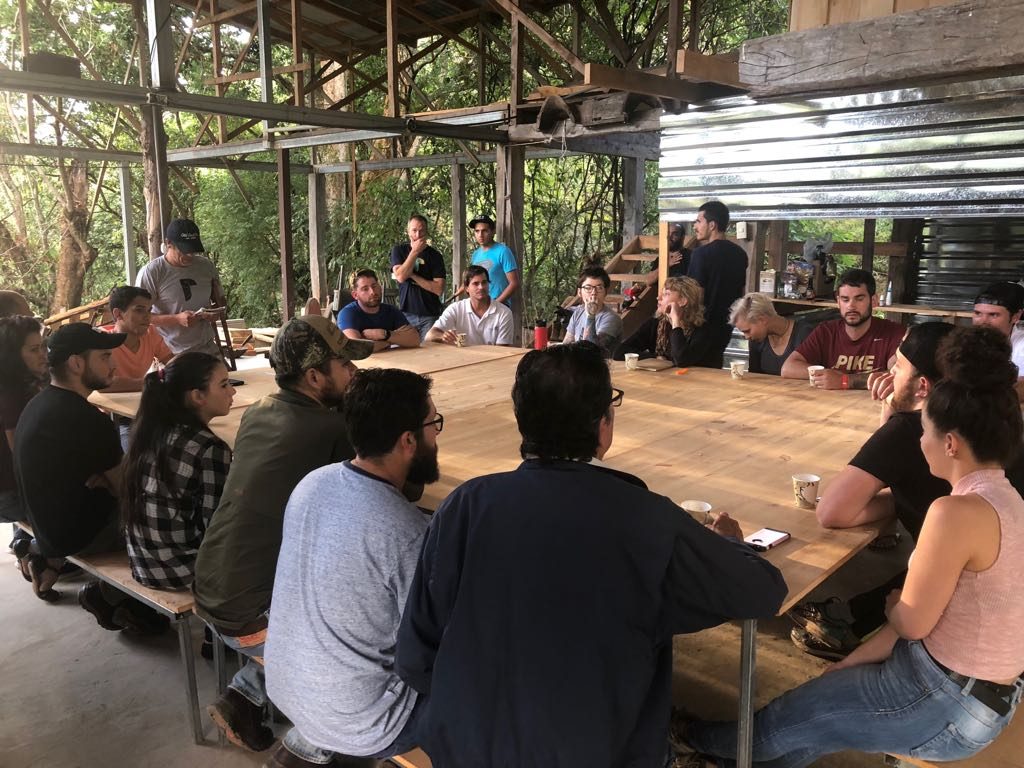
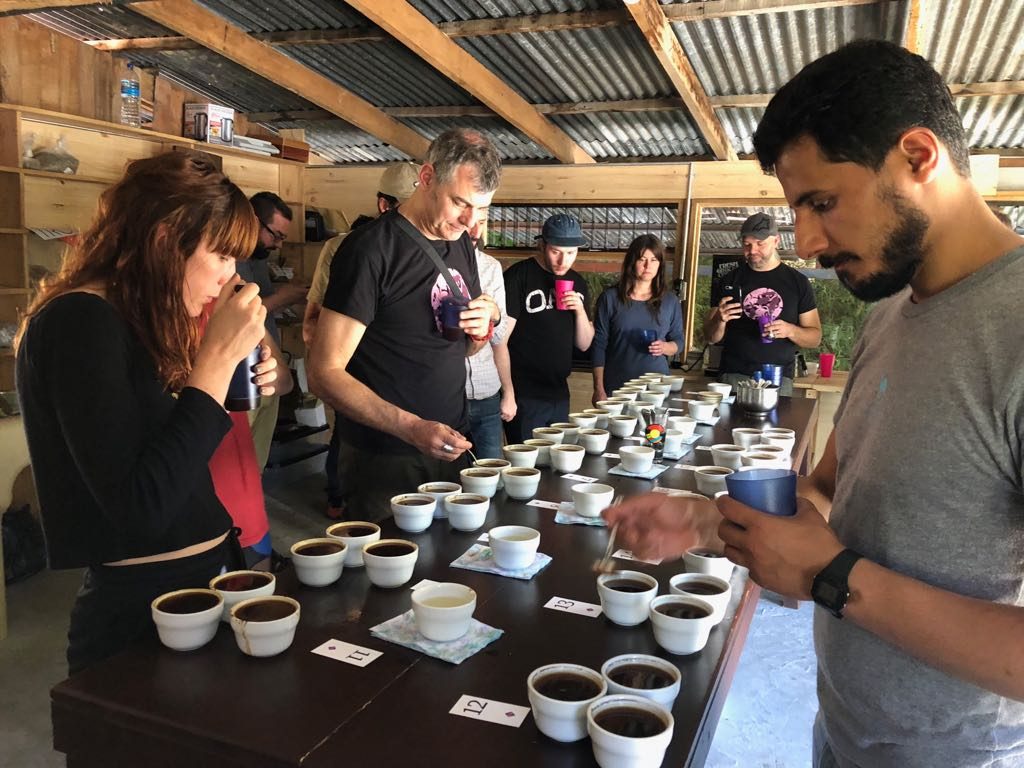
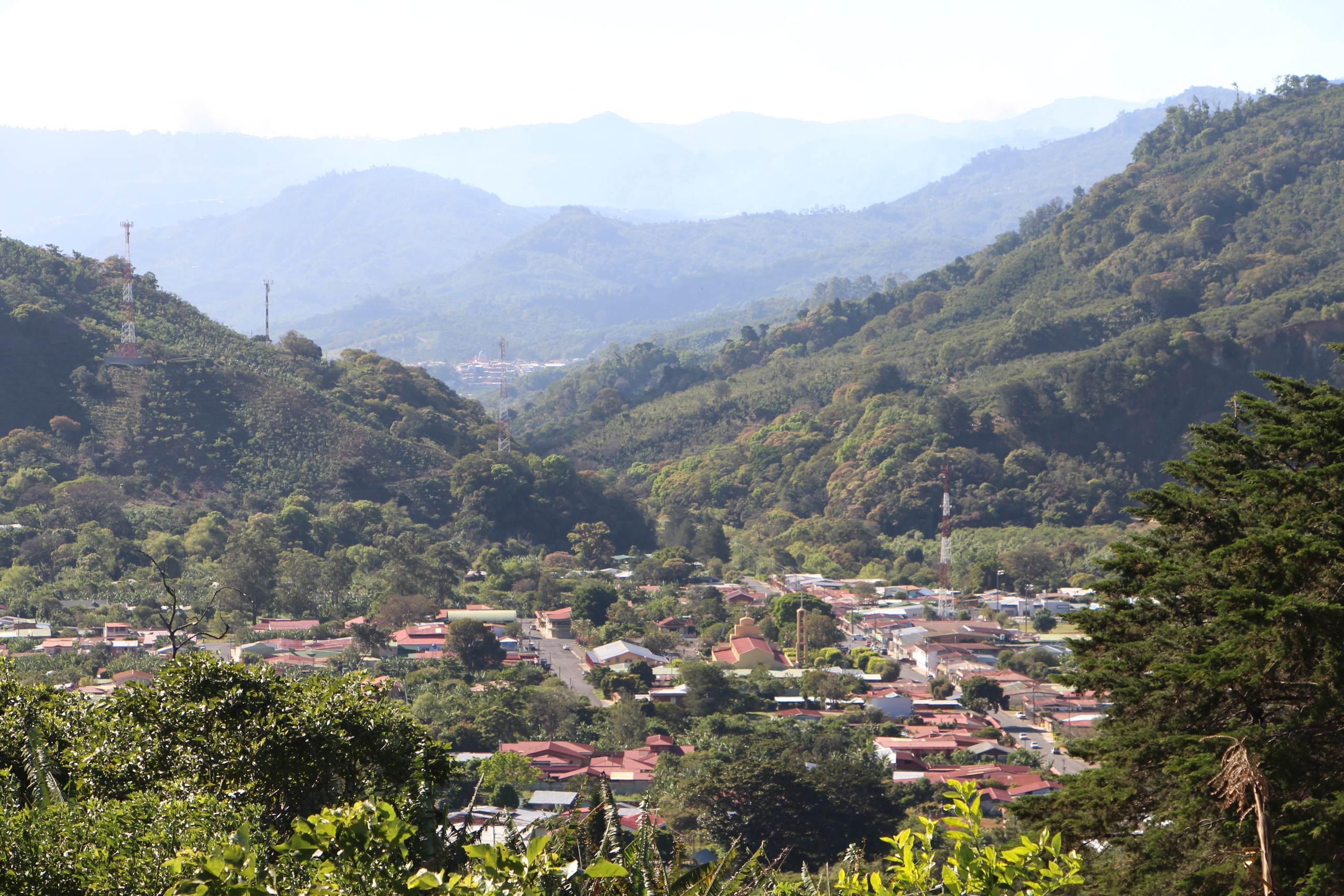

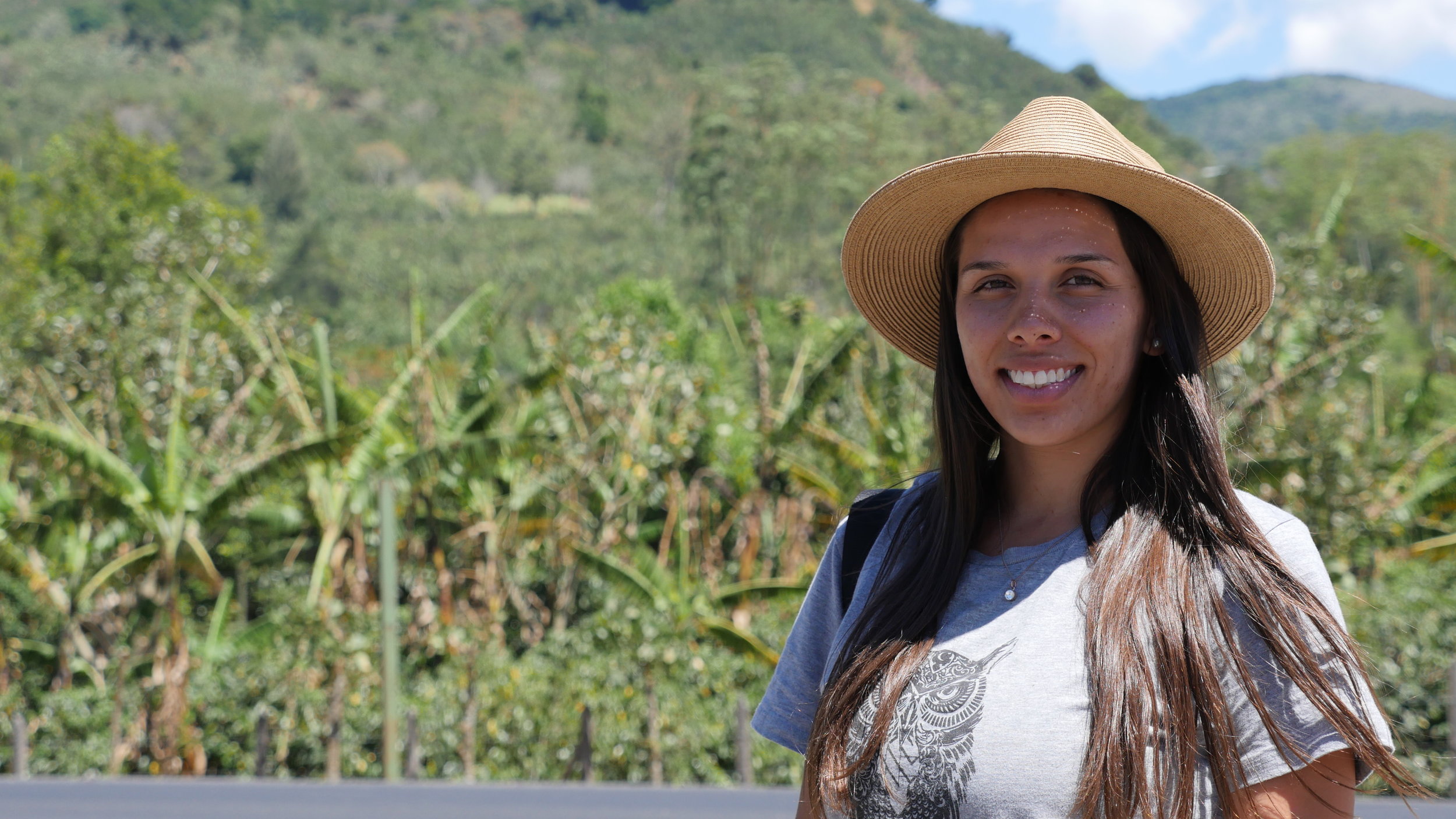
0 Comments